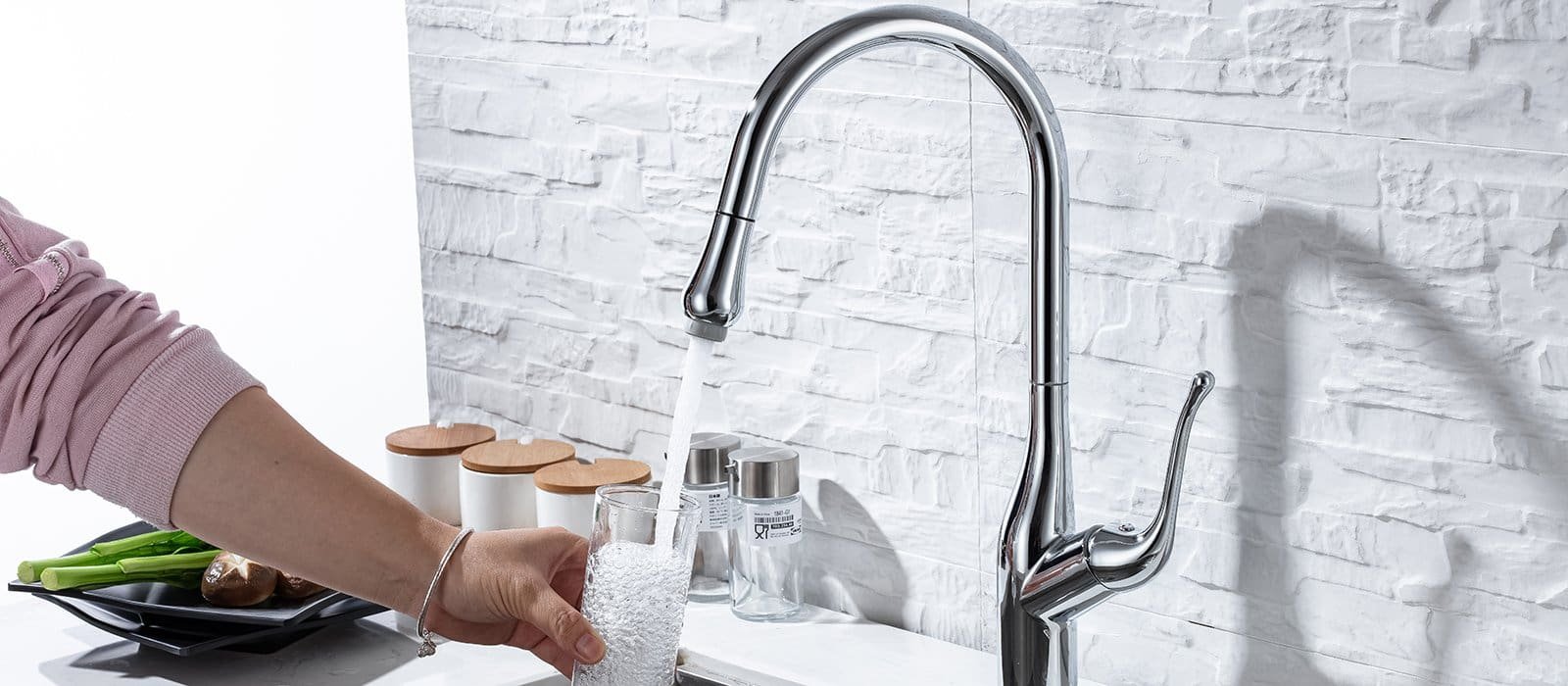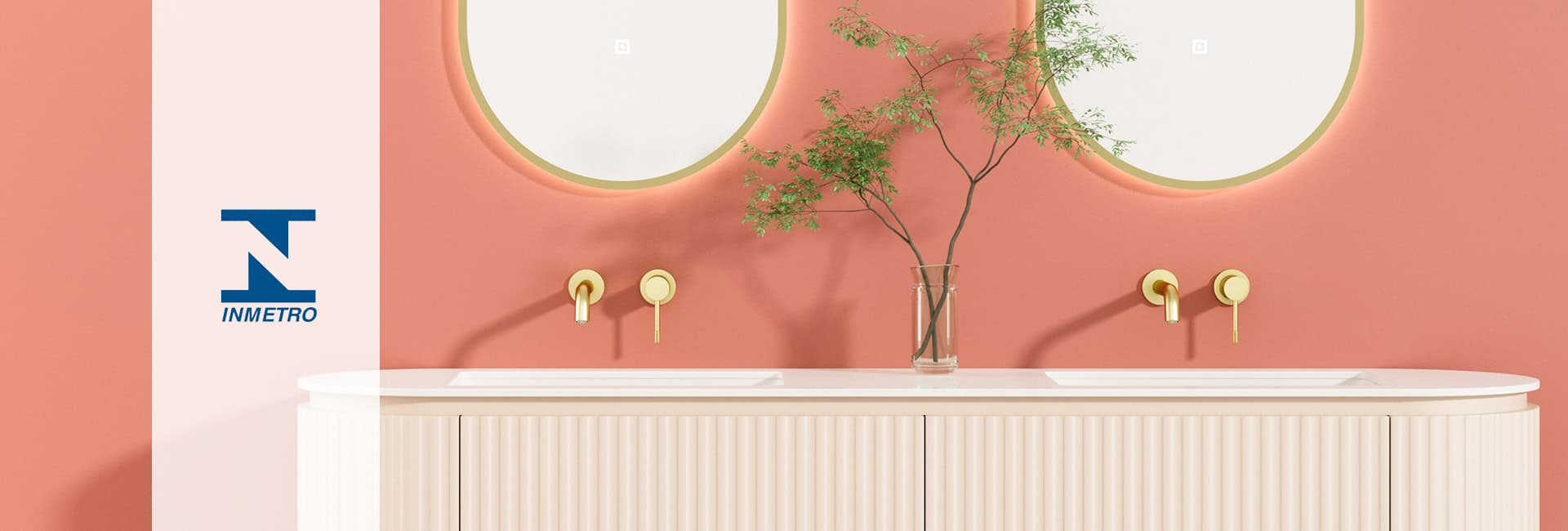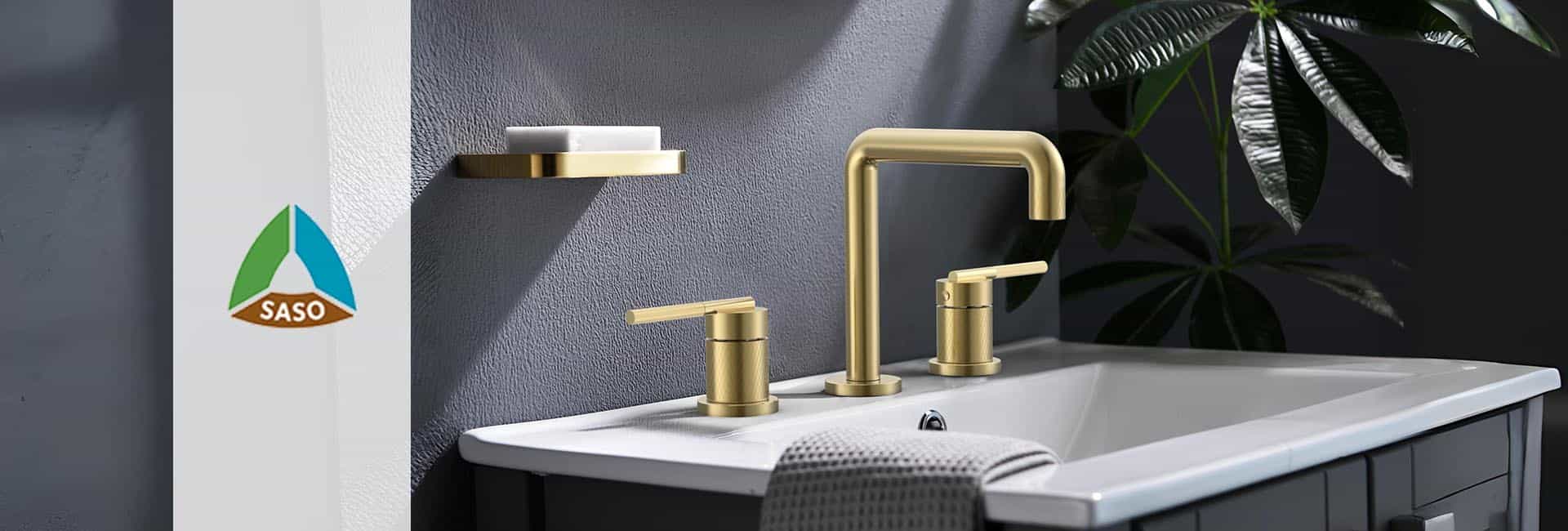Faucet water pressure is a vital aspect of your home’s plumbing system, influencing everything from the efficiency of daily tasks to the longevity of pipes and appliances. Measured in pounds per square inch (PSI), water pressure determines how forcefully water flows from your faucets. Too low, and tasks like washing dishes or showering become frustrating; too high, and you risk damaging your plumbing. This comprehensive guide explores standard faucet water pressure, how to measure it, common causes of low and high pressure, and practical solutions to maintain optimal performance.
Standard Water Pressure for Faucets
In residential settings, water pressure typically ranges from 40 to 60 PSI, with 50 to 60 PSI considered ideal for most households. Pressure below 40 PSI is classified as low, leading to weak water flow that can hinder daily activities. Conversely, pressure exceeding 80 PSI is considered excessive and may violate building codes, potentially causing damage to pipes, fixtures, and appliances. Factors like municipal water supply, home elevation, or the presence of a well pump can influence your home’s pressure.
| Pressure Range (PSI) | Description | Implications |
|---|---|---|
| Below 40 | Low | Weak flow, inefficient for tasks |
| 40–60 | Ideal | Optimal for daily use |
| Above 80 | High | Risk of damage to plumbing |
How to Measure Water Pressure
Measuring your home’s water pressure is a simple process that can help you identify whether it’s within the ideal range. The most accurate method involves using a pressure gauge, available at hardware stores for a modest cost. Follow these steps:
- Purchase a Pressure Gauge: Choose one with a female hose thread for easy attachment to a spigot.
- Locate a Spigot: Use an outdoor hose bib or an indoor faucet with a threaded connection.
- Turn Off Other Water Sources: Ensure all faucets, showers, and water-using appliances (e.g., dishwashers, washing machines) are off to get an accurate reading.
- Attach and Read the Gauge: Screw the gauge onto the spigot, turn on the water, and note the PSI reading. A value between 40 and 60 PSI is ideal.
- Remove the Gauge: Turn off the spigot, unscrew the gauge, and store it for future use.
Alternatively, you can estimate water pressure by measuring flow rate using a bucket and timer. Place a 1-liter jug under a faucet, time how long it takes to fill, and calculate the flow rate (liters per minute). A flow rate of 10 to 15 liters per minute generally indicates acceptable pressure, though this method is less precise.

Common Causes of Low Water Pressure
Low water pressure is a frequent complaint, often caused by localized issues within the faucet or plumbing system. Below are the most common culprits and their solutions:
| Cause | Description | Solution |
|---|---|---|
| Clogged Aerator Screen | Sediments, mineral deposits, or debris block the aerator at the faucet’s end. | Remove the aerator, scrub with a toothbrush, soak in vinegar, and reinstall. |
| Damaged/Blocked Cartridge | The cartridge controls water flow and can become clogged or damaged. | Clean by soaking in vinegar and water, or replace if damaged. |
| Shut-Off Valve Issues | A partially closed valve restricts water flow. | Ensure the valve is fully open (ball valve handle parallel to pipe; gate valve turned counterclockwise). |
| Incorrect Pipe Size | Oversized pipes can reduce pressure. | Replace with a smaller pipe suited for the water line. |
| Broken Faucet | Worn-out or damaged faucet components fail to deliver adequate flow. | Inspect and repair or replace the faucet. |
These issues are often fixable with basic tools and DIY skills, but persistent problems may require professional attention.
Effects of High Water Pressure
While low pressure is inconvenient, high water pressure (above 80 PSI) can cause significant damage to your plumbing system. Common effects include:
- Leaking or Bursting Pipes: Excessive pressure stresses pipes, leading to leaks or catastrophic bursts.
- Reduced Appliance Lifespan: Water heaters, dishwashers, and washing machines wear out faster under high pressure.
- Increased Water Usage: High pressure can waste water, raising utility bills.
- Water Hammer: Sudden changes in water flow cause pipes to bang, potentially loosening connections.
- Fixture Damage: Faucets, hoses, and seals may fail, leading to leaks or flooding.
High pressure is often caused by factors like living at the bottom of a hill, high municipal supply for fire hydrants, or a malfunctioning pressure regulator.
How to Adjust or Fix Water Pressure
Addressing Low Water Pressure
To restore low water pressure, try these steps:
- Clean the Aerator: Unscrew the aerator, clean it with a brush or vinegar soak, and reinstall it.
- Check Shut-Off Valves: Ensure all valves are fully open to allow maximum flow.
- Inspect the Cartridge: Clean or replace the cartridge if it’s blocked or damaged.
- Flush Water Lines: Run water through the system to clear minor blockages.
- Consult a Plumber: For issues like incorrect pipe sizing or broken faucets, professional help may be needed.
Managing High Water Pressure
To address high water pressure, consider installing a pressure-reducing valve (PRV), which limits incoming water pressure to a safe level. Homes built after 2002 often have a PRV, but these valves have a lifespan of 7 to 12 years and may need replacement. A plumber can install or adjust a PRV to maintain pressure within the 40 to 60 PSI range.
Importance of Proper Water Pressure
Maintaining proper water pressure is essential for several reasons:
- Efficiency: Adequate pressure ensures water is delivered effectively for tasks like showering and cleaning.
- Comfort: Optimal pressure enhances the user experience, making daily activities more pleasant.
- Plumbing Longevity: Keeping pressure within the recommended range prevents damage to pipes, fixtures, and appliances, reducing repair costs.
- Water Conservation: Proper pressure minimizes waste, supporting environmental sustainability.
Regular maintenance, such as cleaning aerators and checking pressure, can prevent issues and extend the life of your plumbing system.

Regulatory Considerations
In the U.S., plumbing codes, such as the Uniform Plumbing Code (UPC) and International Plumbing Code (IPC), set standards for water pressure. The maximum allowable pressure in residential settings is 80 PSI, and pressure-reducing valves may be required if municipal supply exceeds this limit. Additionally, faucets must comply with federal water efficiency standards, with a maximum flow rate of 2.2 gallons per minute (GPM) at 60 PSI. WaterSense-labeled faucets, certified by the EPA, use at least 20% less water while maintaining performance.
Luxuryhome’s Commitment to Quality Pressure Standards
- Rigorous Testing Process: At Luxuryhome, every faucet undergoes extensive post-production testing to ensure superior performance and durability. This includes comprehensive pressure tests to verify optimal functionality.
- Comprehensive Pressure Testing: Each faucet is subjected to a range of water pressures, simulating real-world conditions. This ensures consistent performance within the ideal 40 to 60 PSI range and resilience up to 80 PSI without compromising integrity.
- Compliance with Standards: All Luxuryhome products meet or exceed industry standards, including the Uniform Plumbing Code (UPC), and WaterSense efficiency requirements.
- Quality Assurance: Our meticulous testing guarantees that Luxuryhome faucets deliver reliable water pressure, enhanced comfort, and long-lasting durability, providing homeowners with confidence in their plumbing fixtures.

Conclusion
Faucet water pressure plays a critical role in the functionality and comfort of your home. By understanding the ideal pressure range (40–60 PSI), measuring it regularly with a pressure gauge, and addressing common issues like clogged aerators or high pressure, you can maintain an efficient and durable plumbing system. Simple DIY fixes can resolve many problems, but for complex issues or persistent high pressure, consulting a licensed plumber is advisable. Proactive maintenance not only enhances daily convenience but also protects your home from costly repairs.
FAQs
About Luxuryhome
Luxuryhome is not just a faucet manufacturer or wholesaler, but more like a partner who can provide you with more added value.
We are united in our determination to produce China-made bath and kitchen fixtures adhering to the highest ethical principles. You have our promise!
More post you may interested in









